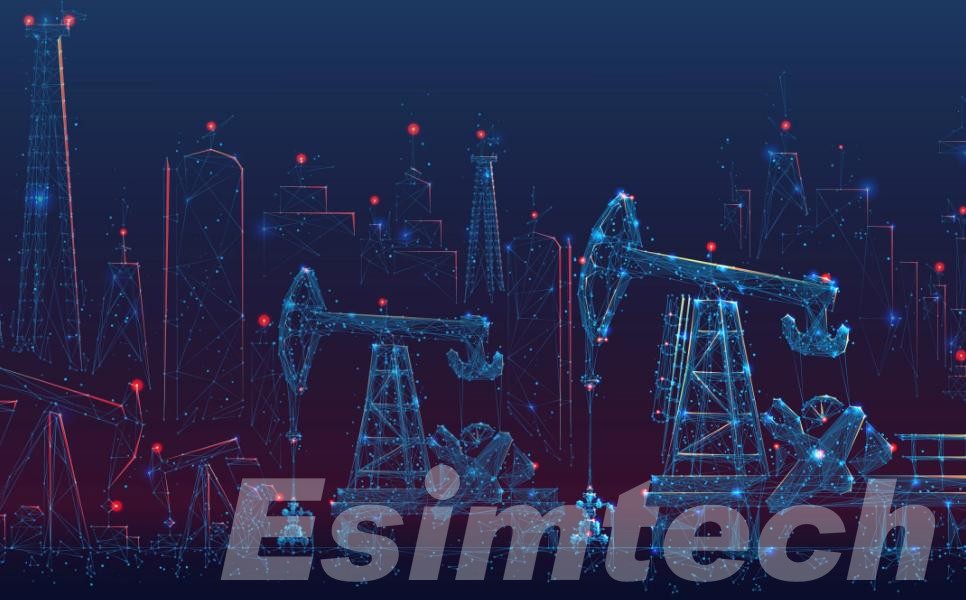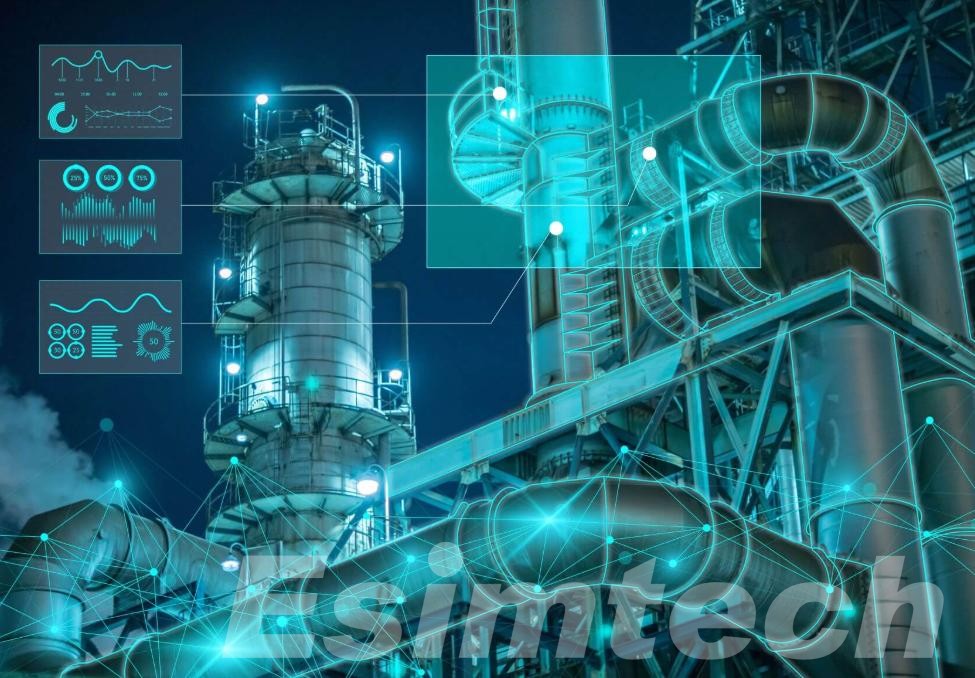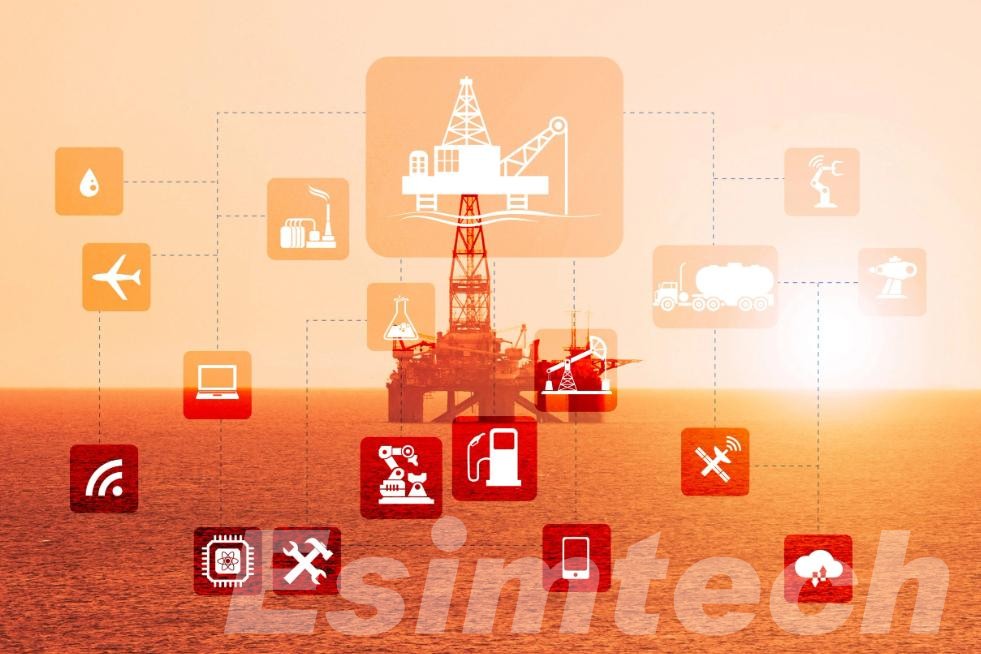How Digital Twins Are Used in Oil and Gas Engineering
Oil and gas companies have long utilized advanced technologies to increase efficiency, safety, and profitability. An emerging innovation within this space is digital twins–virtual representations of assets or processes updated in real time using IoT sensors, AI algorithms, and big data analytics that deliver dynamic insights for improved decision-making processes.

How Digital Twins Differ from Traditional Models
Traditional engineering models in the oil and gas sector have traditionally relied on static simulations–snapshots of systems based on historical data and theoretical assumptions–as initial planning tools. Although such static models provide useful initial plans, their real-time adaptability renders them ineffective when dealing with dynamic, high-risk environments.
Digital twins revolutionize this approach by:
- Operating In Real Time
Digital twins update instantaneously based on information received from IoT sensors, SCADA systems, and AI analytics in order to reflect actual field conditions in an instantaneous fashion. Digital twins differ from traditional models in that they reflect real life in an ongoing simulation, rather than providing only an overview.
- Enabling Predictive (Not Just Reactive) Decisions
Traditional models help identify past failures; digital twins forecast issues before they arise – for instance, pipeline corrosion and drilling equipment wear and tear can all be predicted beforehand using this innovative approach. Machine learning algorithms analyze trends to recommend proactive maintenance measures that could cut downtime by up to 30%.

- Support Remote and Autonomous Operations
Engineers can remotely monitor offshore rigs, refineries, and pipelines, reducing the need for risky on-site inspections. AI-enabled digital twins can even adjust processes independently (for instance, optimizing pump speeds or pressure levels without human involvement) through artificial intelligence (AI).
- Facilitating “What-If” Scenario Testing
Traditional models tend to simulate fixed conditions; digital twins allow operators to test changes virtually before making them permanent in real life, such as altering drilling parameters or revising refinery workflow.
Digital twins don’t just replicate physical assets—they enhance them with live data, AI-driven insights, and predictive capabilities. For oil and gas companies, this means fewer failures, lower costs, and safer operations compared to outdated traditional modeling methods.
Applications of Digital Twins in Oil and Gas Engineering
Digital twins are transforming the oil and gas sector by providing real-time monitoring, predictive analytics, and operational optimization. Below are the key areas where this technology is making a significant impact.
Drilling and Well Management

Drilling operations in the oil and gas sector can be both intricate and expensive. Digital twins help improve drilling performance by creating virtual replicas of wells and drilling rigs; by integrating real-time sensor data from sources, engineers can more accurately simulate them for simulation purposes.
- Make informed decisions more efficiently during drilling operations by visualizing subsurface conditions in real time, aiding decision-making processes.
- Optimize drilling parameters such as rate of penetration, mud weight, and pressure in order to achieve more efficient and safe operations.
- Monitor well integrity by detecting potential issues like casing wear, torque,e and wellbore stability before they lead to costly downtime.
Predictive capabilities not only save unproductive time but also enable engineers to adjust drilling strategies more accurately and safely.
Pipeline Management

Pipelines transport oil and gas over long distances through harsh terrains. A digital twin of the pipeline enables continuous monitoring for operators; such a capability enables continuous efficiency improvements:
- Track real-time performance of your pipeline system – flow rates, pressure levels, and temperature settings. Ensuring safe system operation.
- Predict and prevent leaks and corrosion by using sensor data combined with predictive maintenance models, thus lowering risk and decreasing potential catastrophic failures.
- Optimize the overall pipeline network by simulating various flow scenarios, altering routes accordingly, and identifying any bottlenecks within your transportation system.
These capabilities not only reduce operational costs but also enhance overall pipeline infrastructure safety and longevity.
Training and Simulation

Training personnel on real-life oil and gas operations can be both risky and expensive. Digital twins offer an ideal learning platform where operators and engineers can:
- Simulate complex scenarios, such as equipment breakdown or emergency response situations, without interfering with actual operations.
- Training should take place in a risk-free environment, giving employees hands-on experience with machinery and systems before encountering them in the field.
- Evaluate performance and decision-making skills, improving operational efficiency and safety awareness among workers.
By integrating digital twins into training programs, companies can increase workforce readiness, reduce errors and enhance safety results.
Unconventional Uses of Digital Twins in Oil & Gas
Digital twins have long been recognized for optimizing drilling, pipeline monitoring and facility management; however, their true potential extends far beyond traditional engineering tasks. Oil and gas companies are exploring unconventional applications of digital twins in accordance with digital transformation goals and sustainability initiatives.
1. Carbon Footprint and Emissions Monitoring
An emerging use for digital twins is in carbon management. By integrating emissions sensors and environmental data with real-time digital twins, operators can model and monitor greenhouse gas emissions in real time to make proactive decisions to minimize environmental impact, meet evolving ESG regulations, and reach net-zero targets. Furthermore, digital twins allow simulation of alternative scenarios like equipment upgrades or fuel source changes to predict their effect on carbon intensity before implementation.
2. Supply Chain Optimization
A digital twin can also serve an unconventional use: supply chain modeling. By simulating transportation routes, inventory levels, and market demand simulations companies can identify bottlenecks, reduce delays and boost efficiency–particularly helpful when operating offshore or remote operations with logistical issues that require immediate solutions. This level of visibility proves particularly invaluable during offshore or remote operations when errors can be costly and hard to resolve on-the-fly.
3. Asset Decommissioning and Lifecycle Planning
Decommissioning oil rigs, wells, and pipelines is a complex and costly endeavor. Virtual twins offer an effective way for companies to plan for dismantling, waste disposal, and environmental restoration with precision and minimize financial risks while adhering to environmental laws while supporting long-term asset retirement strategies.
Digital twins have emerged as an unconventional form of data-collection that is propelling oil and gas companies toward more intelligent, eco-conscious, and cost-cutting practices, creating long-term value beyond daily operations.

The Dark Side: Challenges & Risks of Digital Twins in Oil & Gas
- Digital twins present immense advantages to oil and gas industry operations, yet their adoption poses several significant hurdles. High implementation costs remain an obstacle as IoT sensors, AI analytics and cloud infrastructure require considerable investments.
- Furthermore, cybersecurity threats represent an additional security risk: hackers could exploit vulnerabilities within digital twin systems to disrupt operations or steal sensitive information.
- Faulty sensors or inaccurate real-time input can lead to inaccurate simulations that lead to bad decisions, while integrating digital twins into legacy systems is often complex and requires extensive workforce training and cultural changes that may slow adoption by employees used to traditional methods.
- Compliance issues compound the challenge, as digital twins must comply with industry safety and environmental standards. Without proper oversight, companies risk legal and operational setbacks.
Oil and gas companies must address these challenges with stringent cybersecurity measures, data validation protocols and employee training programs that ensure digital twins deliver value without jeopardizing security or efficiency.
Final Thought
Digital twins are revolutionizing oil and gas engineering – from optimizing well performance and pipeline integrity, to training future generations of engineers. While there may be hurdles to be navigated, their potential rewards in efficiency, safety, and sustainability are huge.
As the energy sector continues to change, businesses that embrace digital twin technology will be better prepared to adapt and embrace change while cutting costs and driving oil and gas innovation forward.

